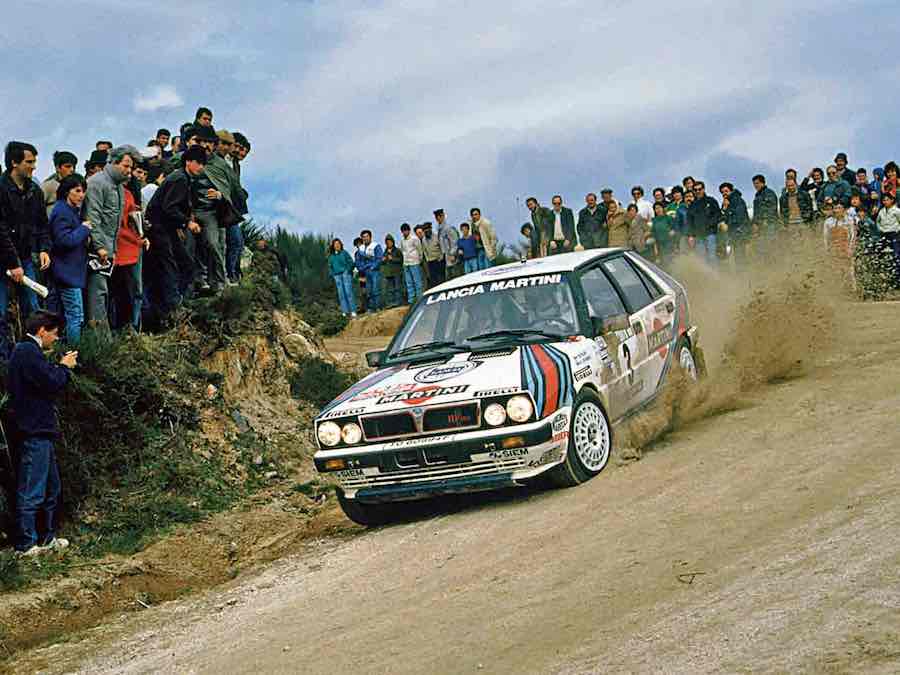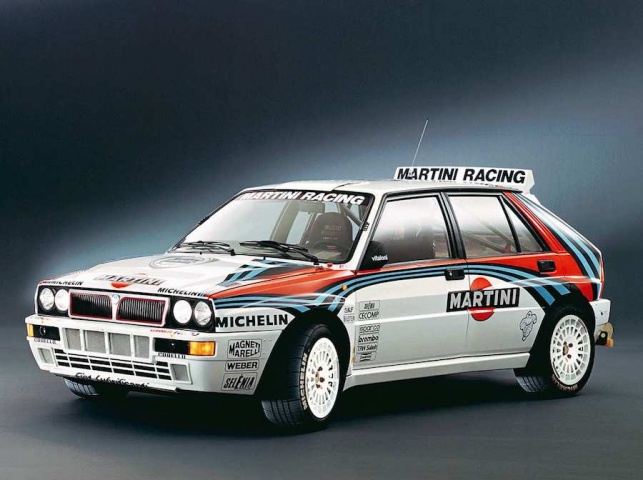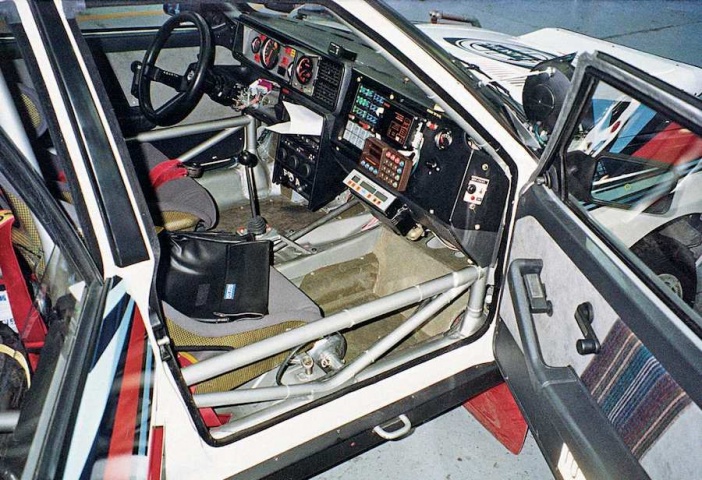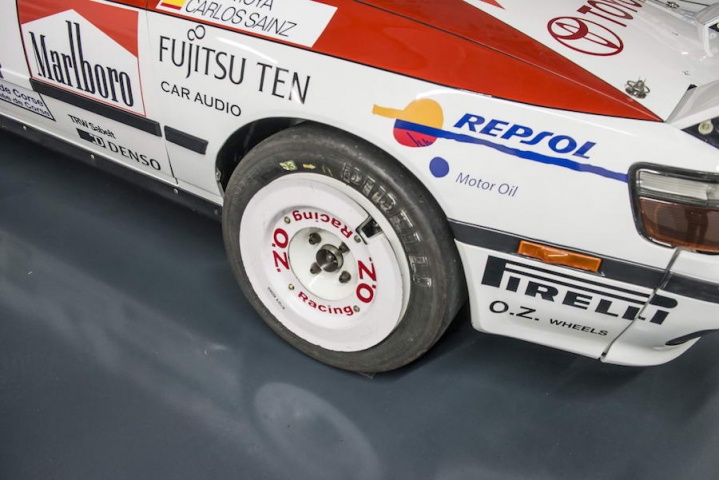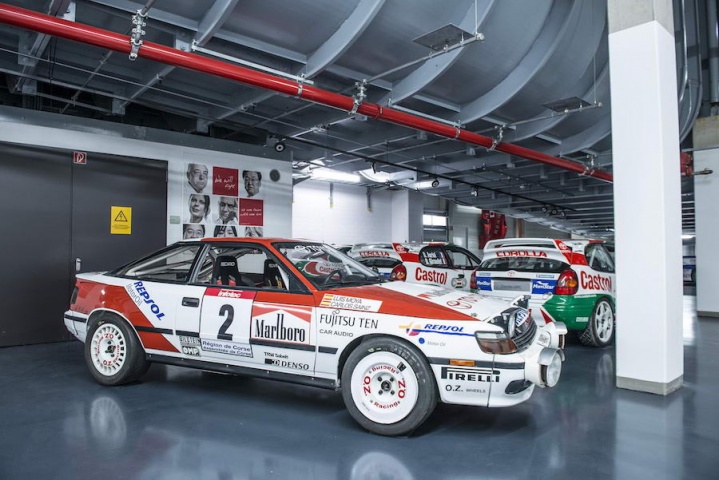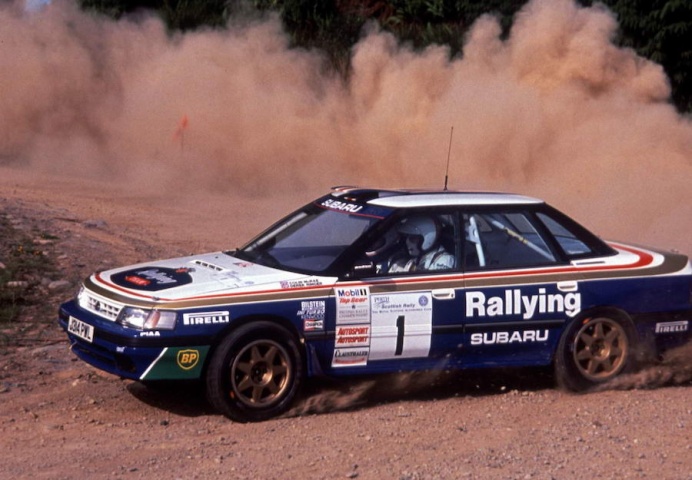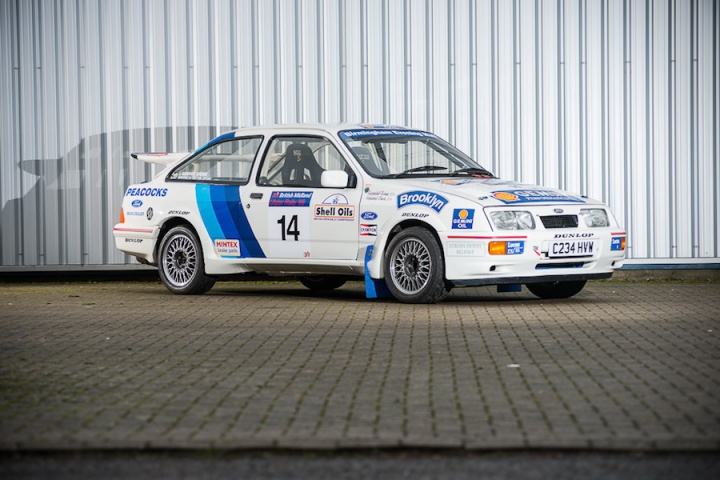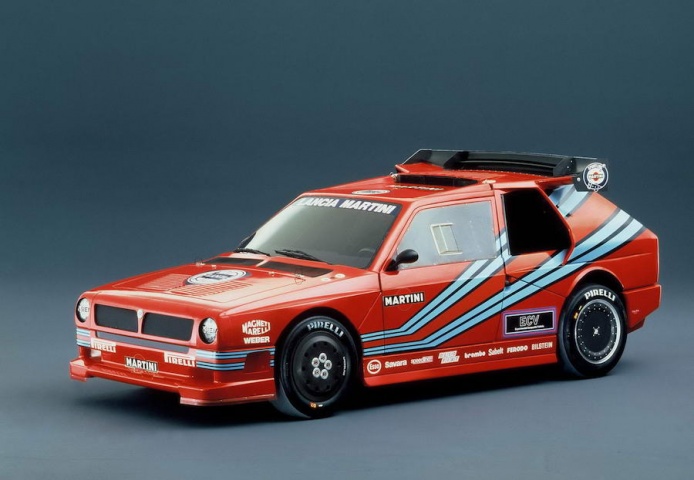In the last of our multi-part series detailing motorsport’s wildest hour, Maurice Malone investigates the aftermath of Group B and its continuing influence on the sport today.
With 230hp to use, Walter Röhrl wondered why he’d bothered to get out of bed. Twelve months previous, on the exact same piece of road, he’d had over 500hp at his disposal. Rallying was no longer attractive to the lanky German, especially when that 230hp was tasked with hauling the bus-like Audi 200 Quattro around. Yes, Group A rallying was a different proposition altogether...
It was a Lancia benefit in 1987. The Delta had all-wheel drive, a 2.0-litre turbocharged engine and relatively tidy dimensions while the opposition from Ford and the rest consisted of overweight, underpowered and grip-free two-wheel drive cars hurriedly pushed into service in the vacuum created by Group B’s closing. It took until 1989 before any serious challenger emerged. Toyota, hitherto known for building simple and unbreakable Celicas that were usually miles off the pace, created the neat and powerful ST165 GT-Four. Subaru’s big Legacy brought its infamous flat-four growl to the forests and Ford’s Sierra Cosworth and the Prodrive-prepped BMW E30 M3 stayed true to their racing car roots by being wildly uncompetitive on anything other than bone dry tarmac.
The Group A cars were a world apart from the beasts that they replaced. The FIA aimed to keep speeds down with the homologation factor (5,000 road-going versions of a Group A car had to be produced for eligibility), but as usual manufacturers threw so much money at their competition departments that stage records held by Group B cars were soon matched and then soundly beaten. Suspension and tyre technology moved on in leaps and bounds and the electronic era started to rear its head in the form of active differentials and advanced engine management. Power outputs reached almost 400hp before turbo inlet restrictors were introduced, and the armada of service vehicles and helicopters employed by the top teams to keep their cars running meant that costs began to spiral out of control.
Group S: another casualty
The thing is, Group A was never intended to directly supplant Group B. When Jean-Marie Balestre announced Group B’s death, it also meant that the new-for-1987 Group S category perished with it. Group S was intended to replace Group B from 1988 onwards, with both categories running in parallel during 1987. The new regulations ostensibly tied the cars to 300hp from 1.2-litre forced induction or 2.4-litre normally aspirated engines, a 1,000kg minimum weight with steel roll cages and a comprehensive crash testing programme. Only 10 examples of a competing car would have been required for homologation in comparison to the 200 needed for Group B, with strict rules governing evolution models and development in order to keep a lid on costs.
This would have opened the door for many more manufacturers to join the fray, and the drivers were strongly in favour of the proposed rules, citing concerns over the sheer ungoverned power of the Group B beasts and the widespread use of flammable materials in their construction among other things. Tellingly, the only drivers not to support a late push to reinstate Group S were the Lancia pilots, which, in hindsight, raises questions about the Turin team’s affiliation with the FIA.
Several Group S prototypes were produced, with some progressing to the testing phase before the cull was proclaimed. The cars were state of the art, as evidenced by Lancia’s ECV (Experimental Composite Vehicle), which had a carbon-Kevlar tub and 650hp from its special ‘Triflux’ engine, while Toyota’s MR2-aping 222D had a reputed 750hp. It’s almost like they hadn’t bothered to read the regulations... Peugeot was working on a new transmission system for the 205 with adjustable differentials, Audi had a mid-engined Quattro that looked like a three-quarter scale Le Mans racer and even Lada got in the mix with a be-winged Samara. It would have been fascinating to see how the category would have played out, but sadly it wasn’t to be. The Group S idea would eventually be borne out as the catalyst for the introduction of the World Rally Car rules a decade later, but that’s another story for another time.
The legacy lives on
Many of the outlawed Group B cars found use in rallycross, which went through its own period of lunacy. Watching footage of now-priceless Audi S4s and Ford RS200s being bounced from wall to wall is enough to make any car collector wince, but it also produced spectacular racing and fierce rivalries between characters like Martin Schance, Matti Alamaki and Will Gollop. Peugeot took an elongated 205 to Dakar and promptly won, and the notorious Pikes Peak hillclimb in Colorado saw records tumble thanks to cars developed with Group B nous, including Ari Vatanen’s infamous 1988 run in a 405 T16, immortalised in the film Climb Dance by Jean-Louis Morey.
Group B captured the imagination of competitors and spectators like no era before or since, and like any war, the pace of development was mind-blowing. In four short years cars doubled in power, stage times tumbled and crews were tested to their absolute limits and beyond. Next year’s revised World Rally Car rules are intended to recapture some of the old magic. The cars are festooned with aerodynamic addenda that wouldn’t look out of place in the DTM, have lots of power and have fully active transmissions. They’ll be six to seven seconds/km faster than any Group B car ever was, but it won’t be the same. Group B will never be beaten for sheer spectacle and mystery, and what better way to close out the series than with some quotes from the people who made it what it was.
"You could go down the straights like hell, but the corners..." - Stig Blomqvist
"Sometimes with Markku (Alen) after the stage there had been some marks on the road and I said to him, "Listen, you should not smile, you should cry." - Walter Röhrl
"You were driving into a wall of people, then it would open. We could not change the way we drove, if you start to slalom then you pay one minute - you have to just hope you come through. You don’t lift off, just drive." - Markku Alen
"WRC is for boys, Group B was for men." - Juha Kankkunen
"When we tested the Group A car, it was like stepping off a rocket and onto a bicycle." - Christian Geistdorfer (Röhrl's co-driver)
Let’s leave the last word to the poet himself, Ari Vatanen: "If I was able to play piano like a maestro, I would play it with my eyes closed and with the goose bumps on my skin. I mean, driving is like that, like the music, it takes you. But you need a good piano, and Group B was a fantastic piano..."

